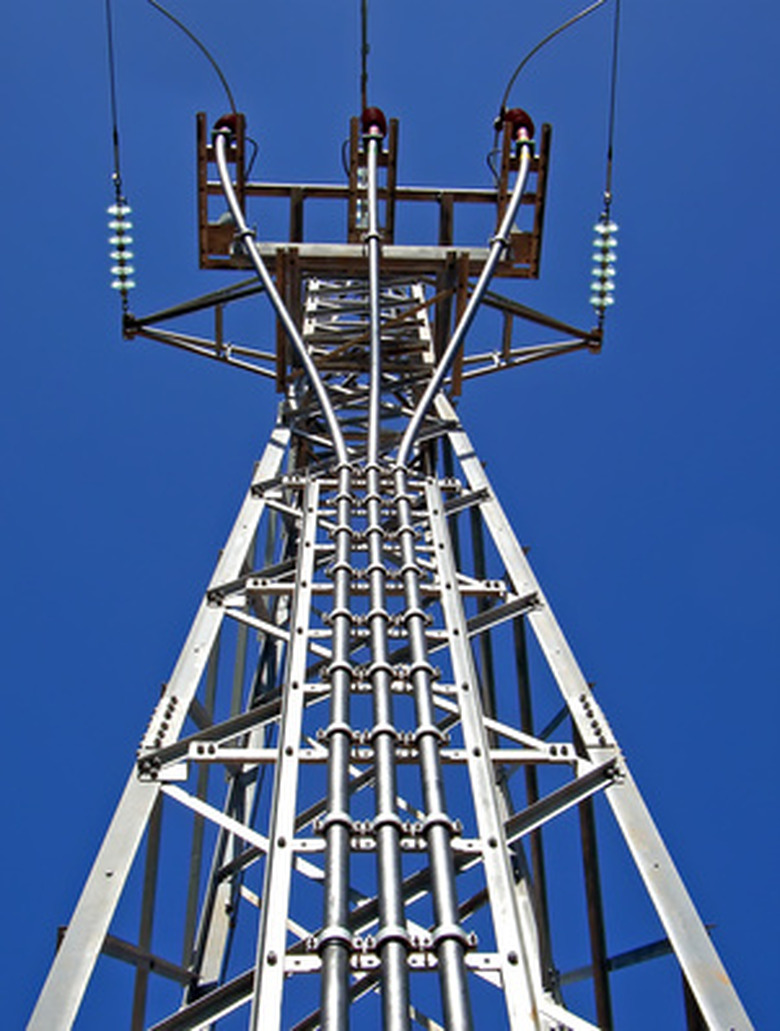Electric Science Projects You Can Make At Home For Sixth Graders
Every year the science fair makes its appearance in schools, and sixth graders around the country start looking for ways to impress their teachers. There are several electric science projects your sixth grader can make at home. These projects are fairly easy to make but may require some store-bought materials.
Electricity from Fruits
Electricity from Fruits
Making electricity from fruits is one of the most famous science fair projects. For this project you will be testing several different types of fruit to see which ones can produce an electric charge. Each type of fruit will generate a different current, which can be measured by an amp meter. Keep track of each electrical response on a graph so you can report your findings to see which fruits work better than others.
Steady Hands
Steady Hands
Sixth-grade students are known for their dexterity. You can prove the steadiness of your hands by creating this project. You will simply make a stand with a wavy wire attached to a second wire. Three additional wires are attached to each other, to a light bulb and to a battery. The trick is to get one end of the wires through the loops of wire without lighting up the bulb. To make it a bit more challenging, try it with both hands to see which is steadier.
Potato Battery
Potato Battery
Turning a potato into a battery is so easy a sixth grader can do it. This is a very simple project that only requires a few supplies. The project requires a fresh potato, copper electrode, zinc electrode, voltage meter and leads (alligator clips). Put the copper and zinc electrodes into the potato, attach the leads to the electrodes and the voltage meter, and measure the voltage produced from the potato. You can even take the project a step further by trying out various types of potatoes to see which one has the best electrolyte capacity.
Electromagnatic Power
Electromagnatic Power
You can make a superb science project for your sixth-grade science fair by using a simple battery. Electromagnet power is controlled with the flip of a switch. Ultimately, you control whether or not a magnet will attract metal. An electromagnet can be created with a short list of supplies and is fairly simple to do. You will wrap a wire around a nail, then attach the ends of the wire to the positive and negative ends of a battery. This will allow the battery to control the magnetism of the nail.
Cite This Article
MLA
Miller, Kerri. "Electric Science Projects You Can Make At Home For Sixth Graders" sciencing.com, https://www.sciencing.com/electric-make-home-sixth-graders-6460864/. 24 April 2017.
APA
Miller, Kerri. (2017, April 24). Electric Science Projects You Can Make At Home For Sixth Graders. sciencing.com. Retrieved from https://www.sciencing.com/electric-make-home-sixth-graders-6460864/
Chicago
Miller, Kerri. Electric Science Projects You Can Make At Home For Sixth Graders last modified August 30, 2022. https://www.sciencing.com/electric-make-home-sixth-graders-6460864/




